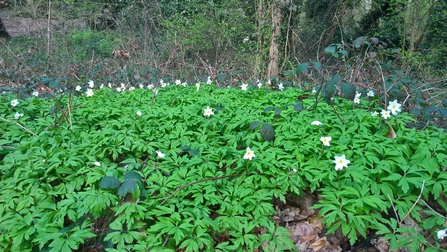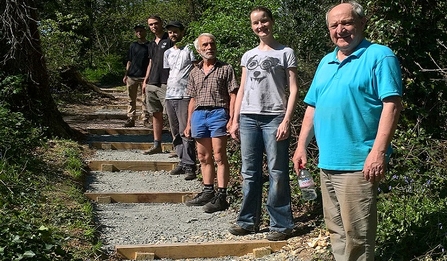Biggin Wood is an ancient fragment of the Great North Wood, and one which is unknown to many people, despite being just a short walk from the well-visited Streatham Common.
London Wildlife Trust launched the Great North Wood project in 2017 and now works with volunteers, community groups, landowners, and councils, to revive and reimagine this ancient landscape as a home for nature and people.
History
The name ‘Biggenswood’ can first be found in a 1493 deed from the Archbishop of Canterbury, John Morton: "Biggins Farm, Biggenswood - in landes called Biggynge, an ancient estate 120 acres on the South side confronting Bewlay."
A 1678 survey records the extent of the wood as being reduced to 78 acres, but that the local population coppiced the oak trees on a rotation (cutting them back to their stumps and allowing regrowth).
By the 1800s Biggin Wood was now surrounded by arable and pastureland, and much of the wood was part of the estate of Bigginwood House, built to the north on Beulah Hill. Bigginwood House burnt down in 1934 after a long period of dereliction, during which the wood was inaccessible. Formerly owned by James Epps (famed for his ‘Epps Homeopathic Cocoa’), the estate was sold by his descendant Sylvia Linton to the council on the condition that the wood remain a bird sanctuary and open space.



